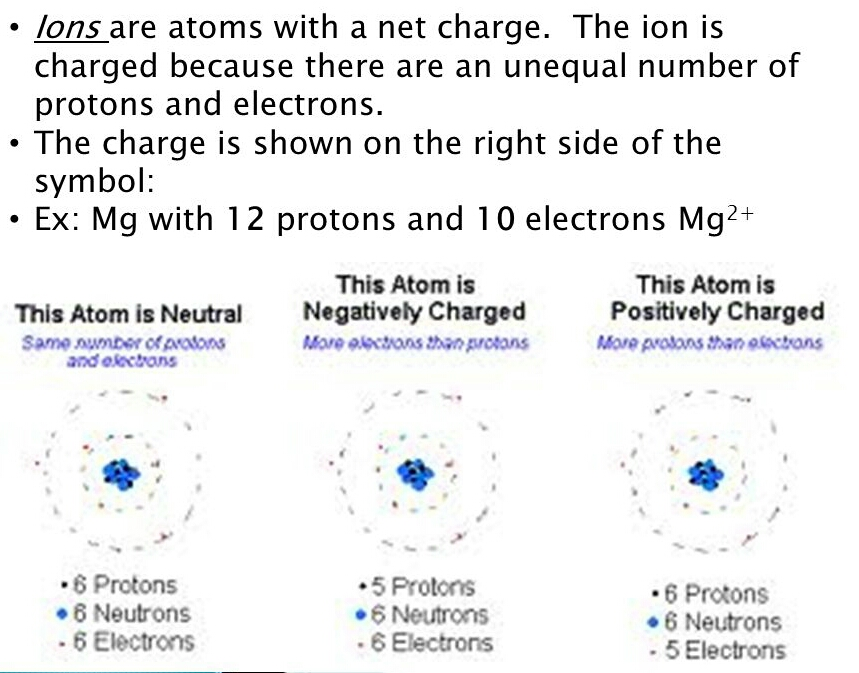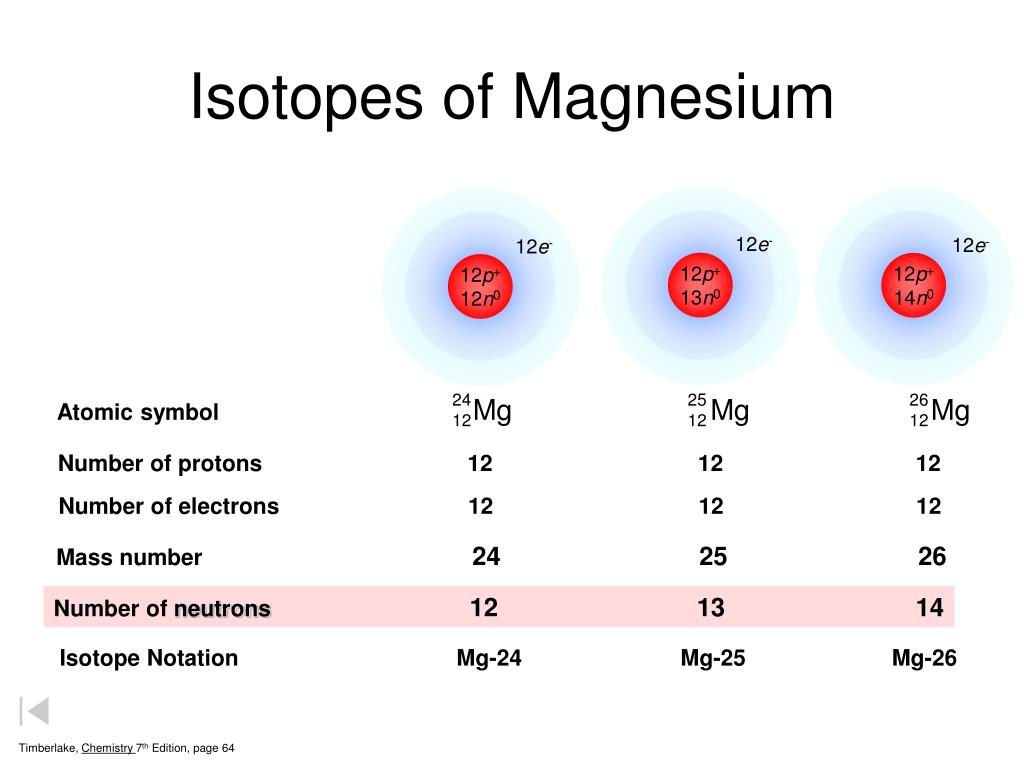

So, the next six electrons enter the 2p orbital and the remaining two electrons enter the 3s-orbital. The p-orbital can have a maximum of six electrons. Therefore, the next two electrons enter the 2s orbital. The s-orbital can have a maximum of two electrons. The first two electrons of magnesium enter the 1s orbital. The method of entering electrons into orbitals through the Aufbau principle is 1s 2s 2p 3s 3p 4s 3d 4p 5s 4d 5p 6s 4f 5d 6p 7s 5f 6d. So, the electron will enter the 4s orbital first and enter the 3d orbital when the 4s orbital is full. Here, the energy of 4s orbital is less than that of 3d. The orbital for which the value of (n + l) is lower is the low energy orbital and the electron will enter that orbital first. The energy of an orbital is calculated from the value of the principal quantum number ‘n’ and the azimuthal quantum number ‘l’. The Aufbau principle is that the electrons present in the atom will first complete the lowest energy orbital and then gradually continue to complete the higher energy orbital.

The Aufbau method is to do electron configuration through the sub-energy level. The main proponents of this principle are scientists Niels Bohr and Pauli. The sub-energy level ‘s’ can hold a maximum of two electrons, ‘p’ can hold a maximum of six electrons, ‘d’ can hold a maximum of ten electrons, and ‘f’ can hold a maximum of fourteen electrons.Įlectron configuration via Aufbau principalĪufbau is a German word, which means building up. Each orbital can have a maximum of two electrons. The orbital number of the s-subshell is one, three in the p-subshell, five in the d-subshell and seven in the f-subshell. The number of sub-shells will be 5 but 4s, 4p, 4d, and 4f in these four subshells it is possible to arrange the electrons of all the elements of the periodic table. So, the sub-energy levels are 4s, 4p, 4d, and 4f. Therefore, the value of ‘l’ is 0, 1, 2, 3. So, the sub-energy levels are 3s, 3p, and 3d. So, the sub-energy levels are 2s, and 2p. The sub-energy levels are known as s, p, d, and f. The sub-energy levels depend on the azimuthal quantum number. The most probable region of electron rotation around the nucleus is called the orbital. These sub-energy levels are also called orbital.

Electron configuration through orbitalĪtomic energy shells are subdivided into sub-energy levels. The electron configuration of all the elements can be done through orbital diagrams. The electron configuration of an element with an atomic number greater than 18 cannot be properly determined according to the Bohr model. Electrons can be arranged correctly through orbits from elements 1 to 18. Therefore, the order of the number of electrons in each shell of a magnesium(Mg) atom is 2, 8, 2. Therefore, the magnesium atom will have two electrons in the first shell, eight in the 2nd orbit, and two electrons in the 3rd shell. That is, the number of electrons in magnesium is twelve. The atomic number is the number of electrons in that element. Therefore, the maximum electron holding capacity in the first shell is two, the second shell is eight and the 3rd shell can have a maximum of eighteen electrons. The maximum electrons holding capacity in N orbit is 2n 2 = 2 × 4 2 = 32. The maximum electrons holding capacity in M orbit is 2n 2 = 2 × 3 2 = 18. The maximum electron holding capacity in L orbit is 2n 2 = 2 × 2 2 = 8. The maximum electron holding capacity in K orbit is 2n 2 = 2 × 1 2 = 2. The electron holding capacity of each orbit is 2n 2. K is the name of the first orbit, L is the second, M is the third, and N is the name of the fourth orbit. These circular paths are called orbit(shell). The electrons of the atom revolve around the nucleus in a certain circular path. The complete idea of the orbit is given there. Scientist Niels Bohr was the first to give an idea of the atom’s orbit. For example Aufbau principle, Hund’s principle, and Pauli’s exclusion principle. Electron configuration through orbitals follows different principles.


 0 kommentar(er)
0 kommentar(er)
